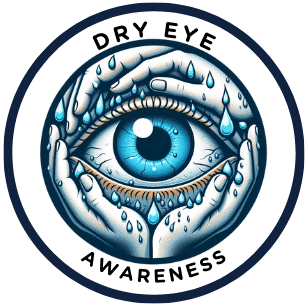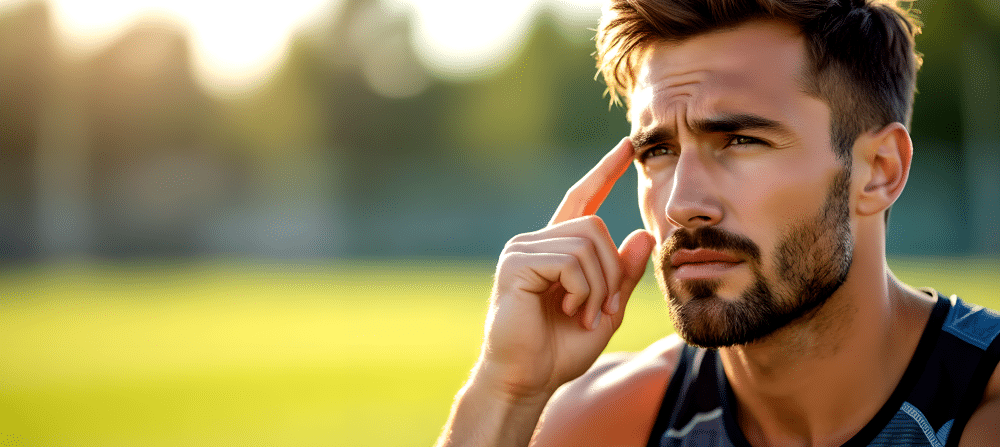
Whether you’re a weekend warrior or a competitive athlete, optimal vision is crucial for peak sports performance. Yet many athletes unknowingly struggle with a condition that can significantly affect their game: dry eye syndrome. Understanding the connection between dry eye and athletic performance can help you maintain your competitive edge while protecting your eye health.
The Hidden Performance Killer
Dry eye syndrome occurs when your eyes don’t produce enough tears or when tears evaporate too quickly. For athletes, this seemingly minor issue can create major performance problems. When your eyes are dry, irritated, and uncomfortable, it becomes difficult to maintain the visual focus and clarity needed for optimal athletic performance.
Consider a tennis player struggling to track a fast-moving ball, a cyclist having difficulty gauging distances on winding trails, or a basketball player experiencing blurred vision during crucial free throws. These scenarios illustrate how dry eye can directly impact sports performance in ways that many athletes never consider.
How Dry Eye Affects Athletic Performance
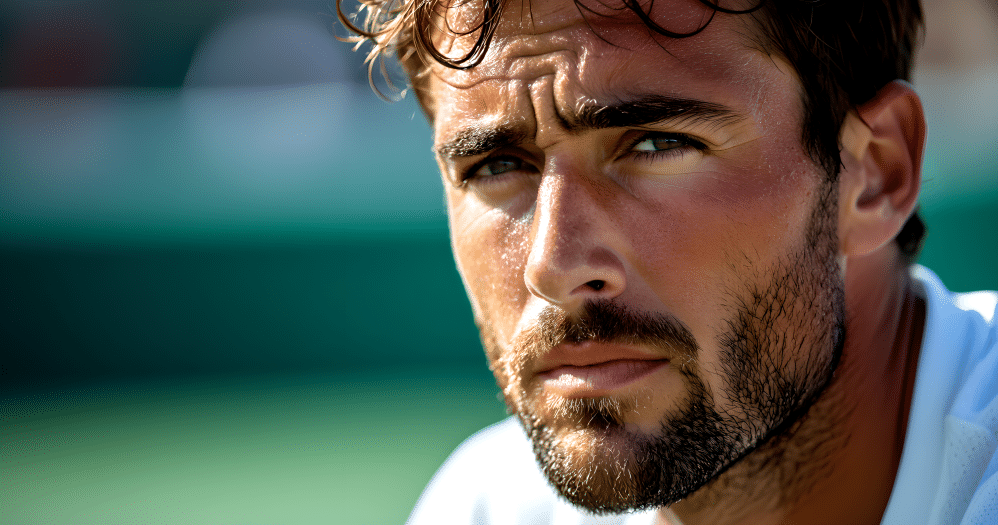
Visual Acuity and Focus Dry eyes often result in fluctuating vision and reduced visual sharpness. Athletes require consistent, clear vision to track moving objects, judge distances accurately, and react quickly to changing conditions. Even mild dry eye symptoms can cause enough visual disturbance to affect timing and precision.
Eye Discomfort and Distraction The burning, gritty, or stinging sensations associated with dry eye create unwanted distractions during competition. When athletes are focused on eye discomfort, they can’t maintain the mental concentration needed for peak performance.
Increased Light Sensitivity Many athletes with dry eye experience photophobia (light sensitivity), making it difficult to perform in bright outdoor conditions or under intense stadium lighting. This can be particularly problematic for outdoor sports participants.
Reduced Blink Rate During intense concentration, athletes often have a reduced blink rate, which can worsen dry eye symptoms. This creates a cycle where performance demands actually aggravate the underlying condition.
Athletes at Higher Risk
Certain types of athletes face increased risk for developing dry eye syndrome:
Outdoor Athletes Runners, cyclists, soccer players, and other outdoor athletes are frequently exposed to wind, sun, dust, and environmental pollutants that can accelerate tear evaporation and irritate the eyes.
Swimmers Chlorinated pool water can disrupt the tear film and cause chemical irritation, leading to dry eye symptoms. Many competitive swimmers report persistent eye discomfort that affects their training and performance.
Contact Sport Athletes Athletes in contact sports may be more prone to eye injuries that can affect tear production. Additionally, protective eyewear, while necessary for safety, can sometimes contribute to dry eye symptoms.
High-Altitude Athletes Skiers, mountain climbers, and other high-altitude athletes face decreased humidity and increased UV exposure, both of which can contribute to dry eye development.
Sport-Specific Considerations
Endurance Sports Marathon runners, long-distance cyclists, and triathletes face prolonged exposure to environmental factors that can worsen dry eye. The combination of wind exposure, dehydration, and extended periods of focused concentration can significantly impact tear production and quality.
Precision Sports Golfers, archers, and shooters require exceptional visual precision. Even minor dry eye symptoms can affect the steady, clear vision needed for accurate performance in these sports.
Team Sports Basketball, football, and soccer players need excellent peripheral vision and depth perception. Dry eye can reduce these visual capabilities and affect reaction times during fast-paced game play.
Management Strategies for Athletes
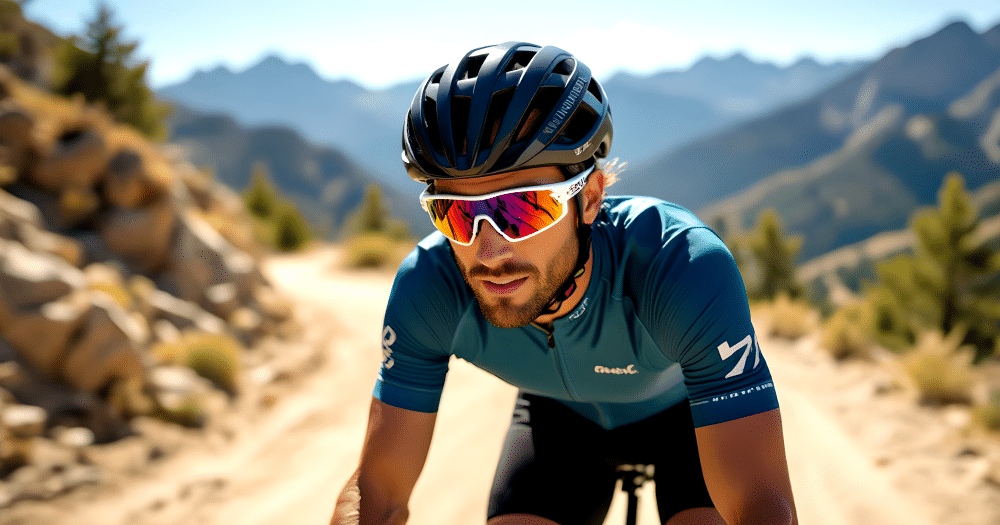
Pre-Activity Preparation Use preservative-free artificial tears (#ad) before training or competition to ensure your eyes start well-lubricated. Consider this as essential as any other part of your pre-game routine. (As an Amazon Associate I earn a commission from qualifying purchases. You do not pay any more as a result)
Environmental Protection Wear wraparound sunglasses or sports goggles (#ad) to protect against wind, dust, and UV radiation. Choose eyewear with side shields for maximum protection.
Hydration Management Maintain proper systemic hydration, as dehydration can worsen dry eye symptoms. This is particularly important for endurance athletes who may lose significant fluids during competition.
Nutrition Considerations Omega-3 fatty acids have been shown to support healthy tear production. Consider incorporating foods rich in omega-3s or discussing supplementation with your healthcare provider.
Recovery Protocols Include eye care in your post-workout recovery routine. Use artificial tears after training sessions, especially if you’ve been exposed to harsh environmental conditions.
Technology Breaks If your training involves video analysis or extended screen time, follow the 20-20-20 rule: every 20 minutes, look at something 20 feet away for at least 20 seconds.
When to Seek Professional Help
Athletes should consult with an eye care professional if they experience:
- Persistent eye redness, burning, or irritation
- Fluctuating or decreased vision during activities
- Increased light sensitivity affecting performance
- Eye fatigue that doesn’t resolve with rest
- Symptoms that worsen during or after athletic activities
Early intervention can prevent dry eye from becoming a chronic condition that significantly impacts your athletic performance and overall quality of life.
Specialized Treatment Options
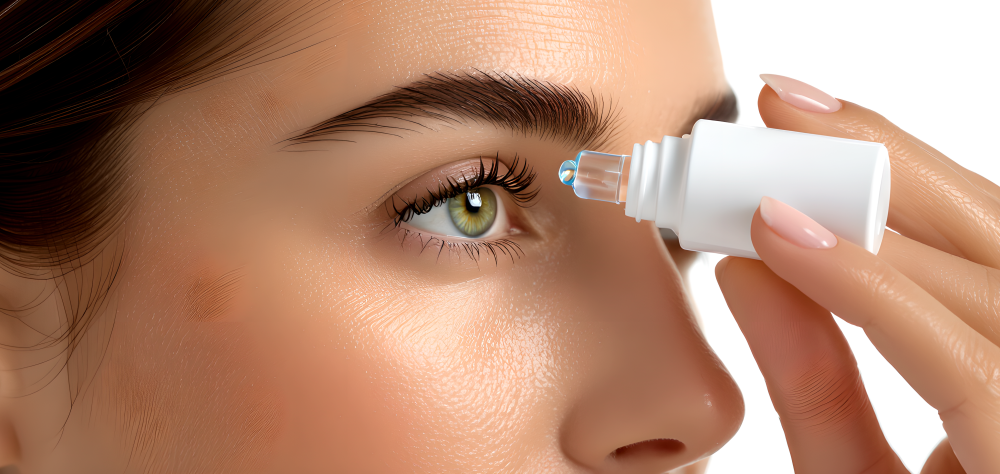
For athletes with more severe dry eye, several advanced treatment options are available:
Prescription Eye Drops Anti-inflammatory medications can help reduce underlying inflammation that contributes to dry eye syndrome.
Punctal Plugs These tiny devices can help retain natural tears on the eye surface, providing longer-lasting relief.
In-Office Procedures Advanced treatments like intense pulsed light therapy or thermal pulsation can address the underlying causes of dry eye.
The Bottom Line
Don’t let dry eye syndrome sideline your athletic performance. By understanding the connection between eye health and sports performance, you can take proactive steps to protect your vision and maintain your competitive edge. Remember, optimal athletic performance requires optimal vision – and that includes healthy, comfortable eyes.
If you’re experiencing any symptoms of dry eye, especially if they seem to worsen during or after athletic activities, consider scheduling a comprehensive eye examination. With proper diagnosis and treatment, you can keep your eyes healthy and your performance at its peak.
This article is for informational purposes only and should not replace professional medical advice. Always consult with a qualified eye care professional for proper diagnosis and treatment of dry eye syndrome.
